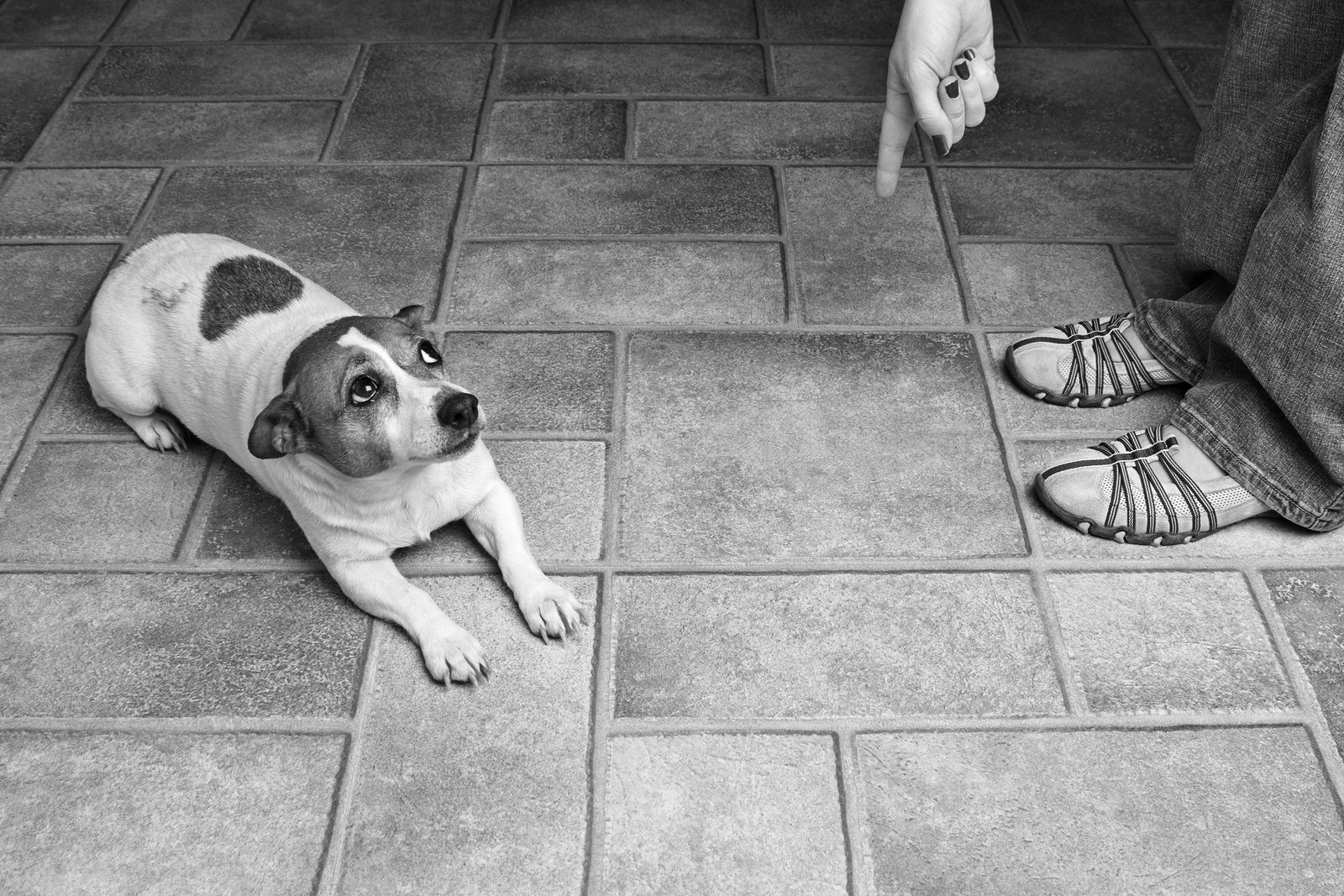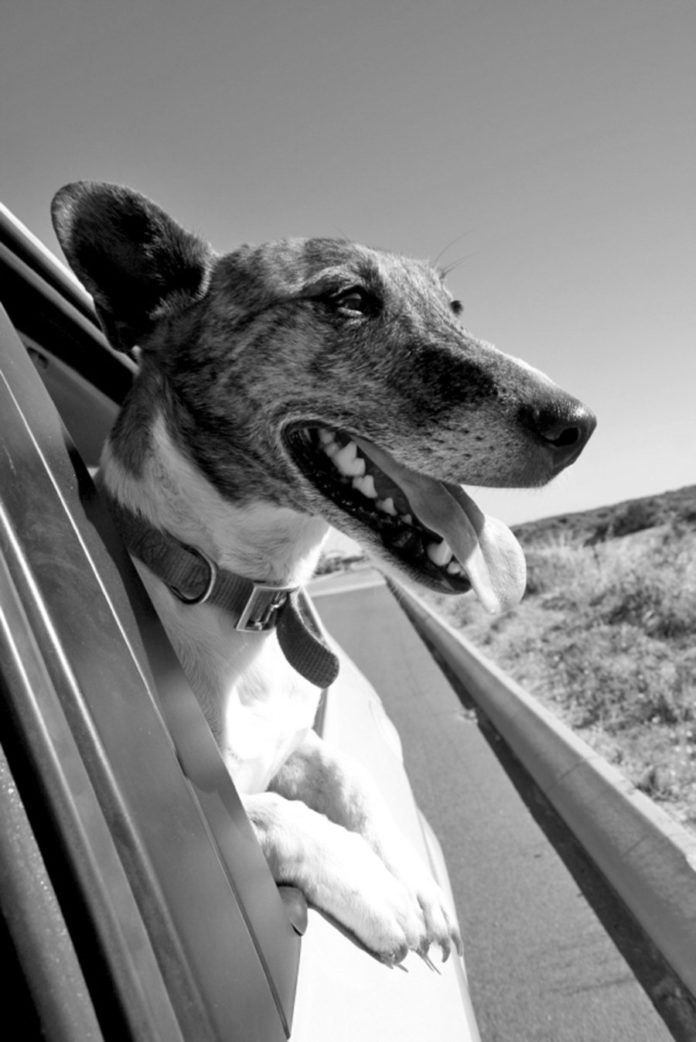A lot of “truths” about dogs have been making the rounds for decades, sometimes longer. They’ve been around for so long, in fact, that many people take them as scientifically proven facts, when upon close inspection they turn out not to be true at all. It’s time to set the record straight.
1. Myth: A wagging tail is a sign that a dog is happy.
Fact: A tail that is wagging may be a friendly sign — but it isn’t always. It would be safer to think of the side-to-side motion of a dog’s tail as an indication of his energy level rather than his eagerness to socialize. When a dog’s energy level is high or when he’s simply excited, his tail will wag fast. When he’s mildly interested but not riveted, it may wag slowly. In that sense, a tail is like a car’s tachometer. It serves as an indicator of how fast the dog is revving internally. The revving can be friendly, frightened, or conflicted. In other words, a tail wagging fast and furiously could mean the animal is not looking to socialize but is “locked and loaded” and ready to charge. You have to consider the circumstances in their entirety. Is the dog smiling? Do his eyes look bright and happy or wary? Is he familiar and comfortable with whatever is making his tail go back and forth? Or do you sense that he feels threatened? That will give you a better indication of his mood than the fact that his tail is wagging.
2. Myth: A warm, dry nose means a dog is sick.
Fact: The relative warmth or coolness of a dog’s nose and whether it is dry or wet don’t provide any clues to his well-being. If you want a quick take on whether your dog is okay, check the inside of his lip, or gums. They should be bright pink rather than muddy-colored, which may be a sign of shock. Even breeds with a lot of black pigment, such as chow chows and Akitas, will have some pink on their gums. You can also take your dog’s temperature with a rectal thermometer (that you use only for your pet). Normal is not one number, as it is in people. It’s a range of approximately 100 to 102.5 degrees Fahrenheit. Be sure your dog has been calm for several minutes when you take his temperature. If he has exercised recently, or been excited, his temperature could be falsely elevated.
3. Myth: You can’t teach an old dog new tricks.
Fact: You can, and you should. Just like research has shown that continually opening yourself to new learning experiences can help stave off the cognitive decline that sometimes is a sign of Alzheimer’s disease, a dog’s learning new tricks throughout life can help keep at bay his own mental deterioration. That is, you’re not done once your canine pal has learned “sit,” “stay,” “down,” and “wait.” On a daily or near-daily basis throughout his life, in sessions that last five to 10 minutes, you should be teaching him to roll over, fetch something from another room or another floor in the house, distinguish between two similar-looking objects for the reward of a tasty treat, and so on. Not only will he enjoy the daily attention that affords him, it will keep his neurons firing to each other. Granted, your pet will not learn as quickly with advancing age as he did when he was a puppy and young adult dog. It may take more tries — and more patience. But he definitely will learn — and enjoy it, too.
4. Myth: A lick is a dog’s way of kissing you.
Fact:Not exactly. At least not at first. A dog will lick you instinctively as a sign of deference, or perhaps to seek your attention, just as a puppy does when he licks his mother’s lips to get her to regurgitate her food. (Yes, young pups sometimes like to feed off their mother’s regurgitations.) This may not seem right to you because dogs often do lick people during moments of affection. But licking as kissing is learned, not inborn. Let’s say your puppy licks you, or perhaps the baby, and everybody in the room goes “Awwww,” or the baby squeals with delight. The dog, no dummy, learns very quickly that kissing is associated with good feelings, and that when he licks, his owner is apt to treat him well and shower him with affection. In that way, the dog comes to understand that kissing is about love. It’s inadvertent conditioning.
Note: In some cases, a dog will lick to show you he’s dominant. If he slobbers you up and down with a big, pink sandpapery tongue, perhaps while standing with his two front limbs on a chair or desk to get better leverage, he’s working to exert control. You need to read the situation a bit — but that’s not hard to do.

5. Myth: All dogs love car rides.
Fact: All dogs love getting out of the house and being considered part of the pack by getting to go where their owner goes. But some dogs experience motion sickness, just like some people. If your dog happily jumps into the back seat but always puts his head down almost as soon as you start driving rather than looks around and sticks his head out the window Red Baron style, there’s a reasonable chance that he feels car sick.
6. Myth: Dogs eat grass to induce vomiting.
Fact: While some people believe dogs eat grass to make themselves throw up when they have stomach upset, it’s just as likely that a dog isn’t purposely trying to self-medicate with an emetic. He may simply like to eat grass — and then happens to throw up when he eats too much of it.
7. Myth:Dogs hate cats.
Fact: While there are plenty of dogs that view cats as chase toys, not all dog/cat situations are reminiscent of how, in Tom and Jerry cartoons, the bulldog Spike throws his weight around. As many people reading this no doubt already know, some dogs and cats get along famously, hanging out with each other and even eating together. One way to help insure that happens is to introduce a dog and cat gradually, keeping the two at a safe distance whenever the new pet comes into your home, especially if the cat is hissing and spitting or the dog is pouncing. At the very least, keep the dog on a leash at the first introduction, both for the cat’s safety and his. Over time, the pets will make their peace with each other, even if it’s a separate peace.
8. Myth: It’s seven human years for every dog year.
Fact: It’s roughly seven human years for every dog year if the dog is of medium size — somewhere between 20 and 50 pounds. But smaller dogs live longer than large ones, and large ones live longer than dogs of giant breeds. For a dog who weighs fewer than 20 pounds, each year lived is the equivalent of only 5 to 6 human years, give or take. For a dog weighing greater than 90 pounds, each year lived comes closer to 8 human years.
9. Myth:A dog should be bathed once a month.
Fact: Dogs do not need baths. Or, at least, they certainly do not need them routinely. But you may need for your dog to be bathed every month or two if his doggy smell gets to you. If that’s the case, use only veterinary bathing products; shampoos for people are too harsh for a dog’s skin and can prove irritating. Also, really make sure you rinse out all the soap. Leftover suds can irritate to the point of causing skin infections. Be more thorough than you think you have to be, because even with a lot of rinsing, it’s not always clear whether all the soap has been washed off. Direct a jet of water right against your pet’s hair and make sure that what’s running off is clear, without a trace of suds.
10. Myth:Dogs look guilty when they’ve done something wrong.

Fact: If only dogs knew to feel guilty for putting their muddy paws on your white couch or chewing up an expensive handbag. That way, they might not do it again, right? But to dogs, things like mud and chewing are part and parcel of life, so there’s nothing to feel guilty about. What owners see in their dogs’ eyes and faces after their dog has done something wrong is their own dismay reflected back at them. You are upset, and perhaps even angry, which makes the dog upset, and perhaps nervous — but not guilty. Any guilt you perceive on the dog’s part is a projection. Barnard College researcher Alexandra Horowitz proved the point when she asked dog owners to tell their dogs not to eat a tasty treat, then had the owners leave the room. The researcher then gave some of the dogs the treat and others not, but wasn’t clear with the owners which dogs had done what. Those dogs berated by their owners, even if they had not eaten the forbidden food, “looked” more guilty than dogs who were not admonished by their human guardians. They were responding to their owners’ displeasure, not to their own failure to obey.





